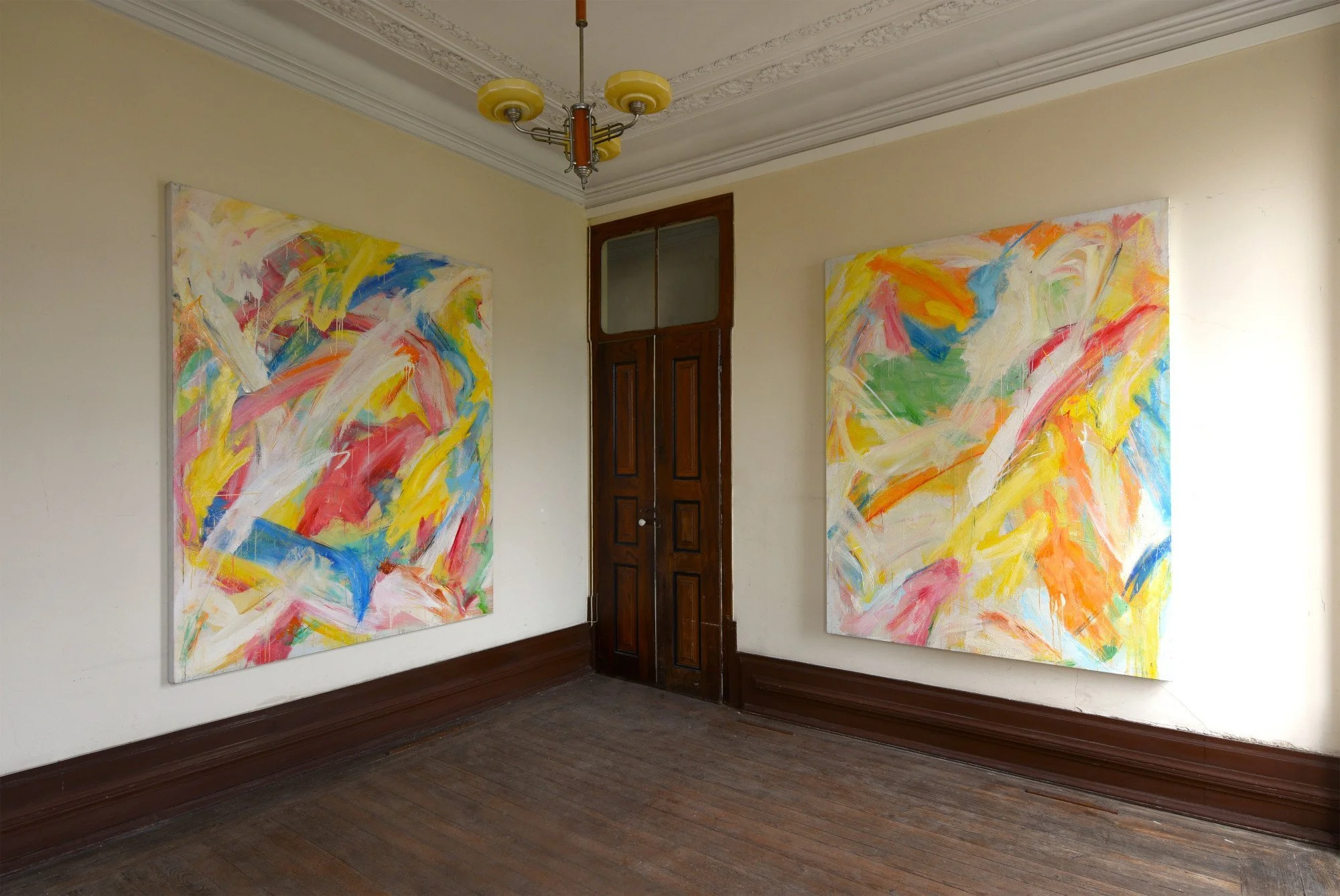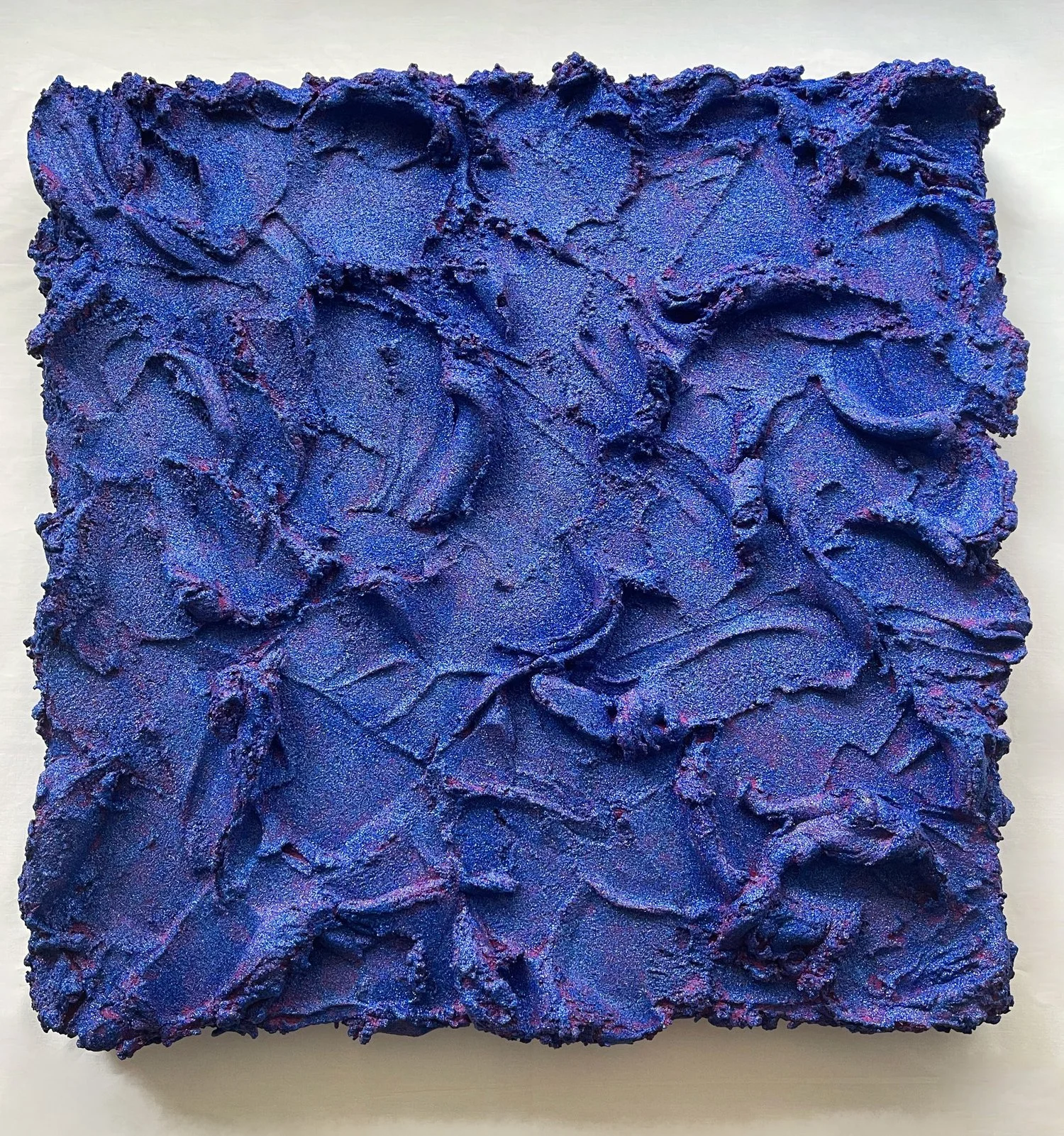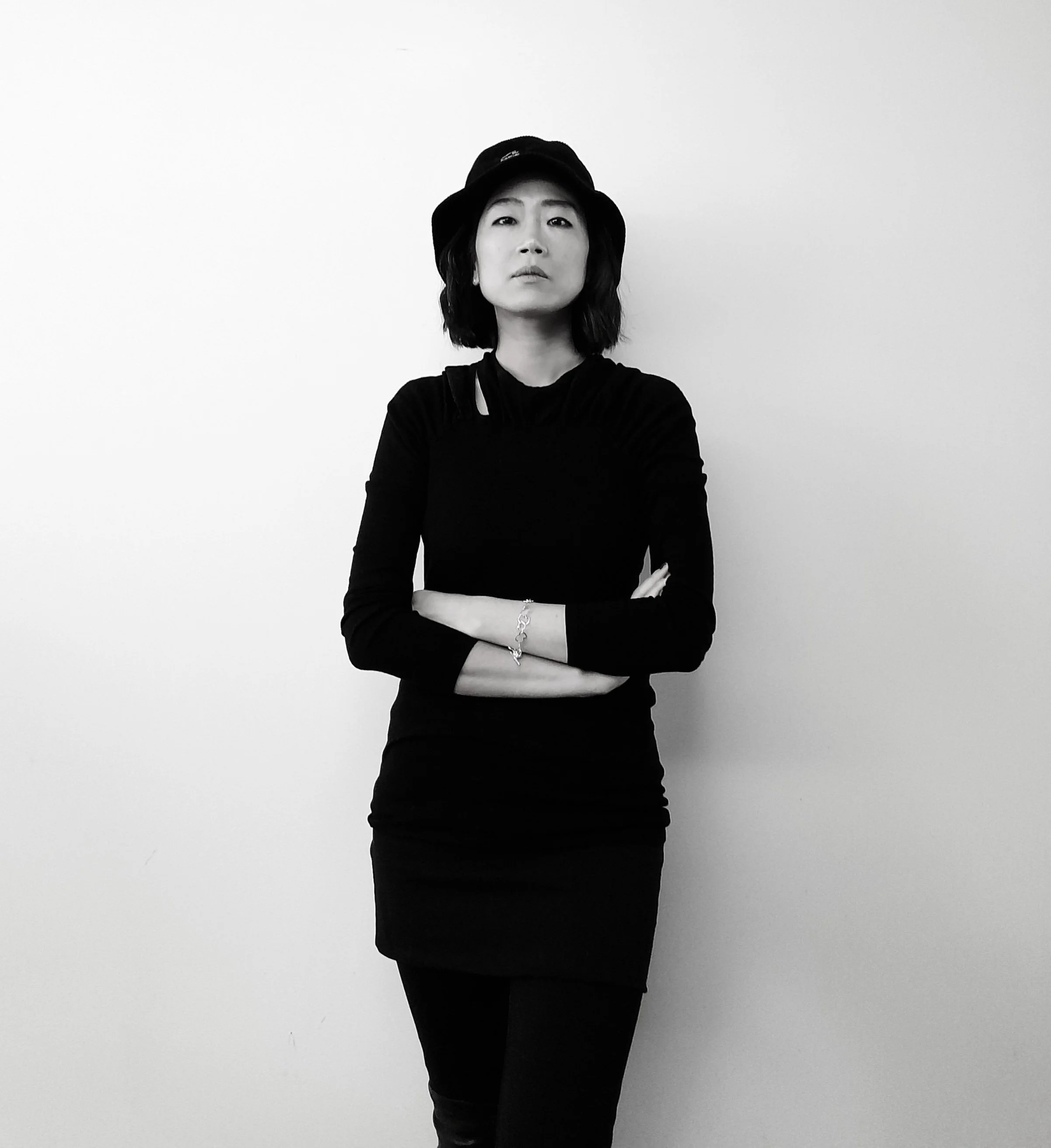10 Questions with Peter Backhaus
Peter Backhaus was born in 1947 in former East Germany. His parents moved to West Germany or BRD (Bundesrepublik Deutschland [Federal Republic of Germany]) in 1950. He grew up in Minden, a small town near Hannover. His father was a taxman, and his mother was at home with him and his sister. In 1968 he took his diploma from the secondary school in Lübeck. He moved to Sweden in the same year. There he studied philosophy, psychology, sociology, and art history and took his bachelor's degree at the University of Gothenburg. During 1973-1978 he studied art at the Hovedskous Artschool in Gothenburg, where he later became an Associate Professor. In 2000 he became the headmaster and owner of the same school. Since 2014, he has retired and can now dedicate all his time to art in his studio in the countryside.
He is a painter at heart who has always loved to express himself with colors. He started as a realistic painter, and by different experiences in his life, he ended up as an abstract expressionist. However, he believes that if he didn't study reality like the old masters, he couldn't develop his abstract expression in painting like this. Since 1980 he has exhibited his art in many different Swedish Art galleries and museums and Swedish and German galleries. His name is well known in the Swedish art community. In 2001, he was chosen to represent painting in the exhibition "Painting & Painting" at Kristinehamns Art museum, Sweden. He was one of 15 primary, contemporary Nordic artists together with Steinar Jakobsen (NO), Max Book (SE), Claus Carstensen (DK), Ann Edholm (SE), Leonard Forslund (DK), Anne Karin Furunes (NO), Rosa Liksom (FI), Micko Maasalo (FI), Mari Rantanen (FI), Carl Fredrik Reuterswärd (SE), Olav Christopher Jenssen (NO), Martin Bigum (DK), Marianna Uutinen (FI) and Ragna Robertsdottir (IS).
Peter Backhaus’ portrait.
ARTIST STATEMENT
« I'm interested in pictures with many layers, levels, dimensions, traces of time, and mystery. They are strange and unpredictable, free, and beyond any definition. I want something I don't know! » - Peter Backhaus
”Peter Backhaus is an award-winning artist based in Sweden whose paintings have been exhibited nationally, as well as in Luxembourg, Germany, Denmark, and China. He describes his works as being created in a space that lies between "intellectual thinking and uncontrolled instinct". Backhaus refers to his compositions as inner pictures with no purpose, where "total silence and total chaos co-exist".
Morning, Oil on canvas, 200 x 160 cm, 2018. Peter Backhaus©
INTERVIEW
First of all, why are you an artist, and when did you decide to become one?
That was a long time ago. I’ve always felt that I wanted to do this, even before I really knew what an artist was actually doing. Everyone around me always supported me in my drawing and painting—both my parents and in school. When I was fourteen, we were supposed to do a thesis project in school on the German expressionists Kirchner, Heckel, Nolde, and others. Each of them was presented on a page with a figurative painting and a short biography. When I finalized that work, I presented myself in the same way as those great role models. For this, I selected a picture of a sad clown. The teacher showed my project work for the whole class, leafed through it, and said when he finally came to the last page: “And here, Backhaus has joined the great masters of art history!”. I was embarrassed and overwhelmed with shame; for a split second, I wondered if my cockiness had been presumptuous, but I couldn’t hear any irony in his voice.
Porta Hiking, Oil on canvas, 120 x 100 cm, 2021. Peter Backhaus©
Reflection, 100 x 83 cm, Oil on canvas, 2019. Peter Backhaus©
What is your personal aim as an artist?
That has changed over time. Early in my development as an artist, it was primarily to develop an expressive language and be receptive to inspiration by role models, such as Rembrandt, Edward Munch, or Francis Bacon. Also to look for answers to questions of a more existential or therapeutic nature, such as “Who am I?”, “What do I need?”, “What do I feel?”. Today, it’s my aim to enrich the world and show people how zestful and rich the human psyche is and what the power of uncontrolled spontaneity can change everyday and conventional life.
And how would you define yourself as an artist?
First and foremost: I am HUMAN, a person with very sensitive antennae, and a person willing to open as many channels as possible: by using the voice, singing, making music, painting, writing – everything that contributes to rejoicing humanity and nature of things.
Shadow Movement, Oil on Canvas, 200x146cm, 2017. Peter Backhaus©
Your paintings have little or no connection with the real world or your everyday life. Where do you get your inspiration from?
The inspiration comes from my inner joy, from my desire to be human. But also from the process of painting per se. As soon as there are a few colors or structures on the canvas, the work quickly turns into a momentum of its own. Then I follow what unfolds by necessity. For me, it’s essentially no difference between what people call the real world and my inner world. I´m aware that my consciousness and inner view give me the impression of external reality, but I create it myself. Hence, for me, there’s no difference between the real world and one that is imaginative.
What is your creative process like? And how did you evolve this way of working?
A new work process always starts on the ground. On a large area of the canvas, paper or wood, entranced, I strive to act out myself on the surface. All tools, paints, and solvents that could possibly be used are at hand in the work area. When the process ends after an hour or two, I leave the place and let everything dry. When I come back, the real work begins. It can be that I first attach the painting to the wall, or do meditative walks on it, or cut out parts that attract me. A search for attraction begins. The subsequent overpainting and adaptations are almost always in oil. There is a contrast between the somewhat mute acrylic and the sensual oil paint. The further process is sitting, looking at things, empathizing, listening to the inner voice, making decisions, remaining in the now... each time different and unpredictable. I develop it to be able to make discoveries, to be able to surprise myself.
Wheel in distress, Oil on wood, 40 x 30 cm, 2018. Peter Backhaus©
Woman, Oil on canvas, 176 x 135 cm, 1997. Peter Backhaus©
What aspect of your work do you pay particular attention to?
It is remaining in the here and now. In every critical moment in the emergence of the New, it is absolutely necessary to avoid all old solutions, or to be unaware of them, because one is firmly anchored in the Now. That is what makes spontaneity possible.
Is there a piece you consider a "breakthrough" in your career?
Yes, this painting: "Goodbye Rembrandt." I had worked on it for a long time, almost a year. At that time, my technique and expression were classical painting, with an underpainting in shades of gray and pastors, white structures in the areas where the light falls, with many layers. This composition was, however, the most unruly I had come across so far.
Goodbye Rembrandt. Peter Backhaus©
More and more layers, more and more details, but the expression became more and more rigid. There were no more technical ways to escape the predicament. The process developed into or became the expression of a personal crisis. It ended in a destructive process of acting out, the scratching of the whole work, the exploding of huge masses of paint on new canvases, but the boil over by technology contained lust and became the birth of my spontaneous, abstract painting. I became aware that creativity is not just the stacking of components but also includes destruction and aggressiveness. After the scratching, the picture's intensity increased. In honor of my teacher, I built a stately frame for it, "Goodbye Rembrandt," which marked that the time of realistic painting was over.
What do you think about the art community and market? And how did your perception change over the last year due to the pandemic?
The internet has turned the art scene more into a global platform for the exchange of cultural differences. I welcome that. We need dialogue and cross-border exchange among people and less between political systems. I do believe the pandemic has influenced this process in a positive sense. The market will digitize further globally.
Small things, Oil on wood, 36 x 31 cm, 2020. Peter Backhaus©
Blue square, oil on canvas, 65 x 50 cm, 2015. Peter Backhaus©
What are you working on now, and what are your plans for the future? Anything exciting you can tell us about?
My plan for 2021 is a series of expressive paintings in which I examine what happens when I overpaint different surfaces. I will also strengthen my agency's cooperation in Hamburg, Pashmin Gallery, which made it possible for me to participate in large museum exhibitions in China. Moreover, I will complete my artistic presentation on Singulart. The works that will be created this year are over-grindings, almost like a palimpsest, where texts are erased, and the surface is rewritten, obliterating traces of travel and experiences and inner visions. Mainly oil on canvas. I look forward with excitement to two projects, 2021: Art Beijing 21 and a gallery exhibition either in Pashmin Gallery branch in Beijing or Shanghai. Regarding thoughts for the future: I have a vision of a place in nature where people from all over the world can meet in the summertime to grow and learn together through art, music, meditation, empathic sensitivity, and exchange of thoughts. And that is the place where I live right now! That's really exciting!
And lastly, is there some piece of advice you would like to give to an aspiring artist?
You don't have to reinvent the world; you can learn from artists you are drawn to. Be open to new possibilities and invite the unexpected. Don't search for a style to adapt to. Listen to your own heart and everything that's in it. Be honest to yourself.



























